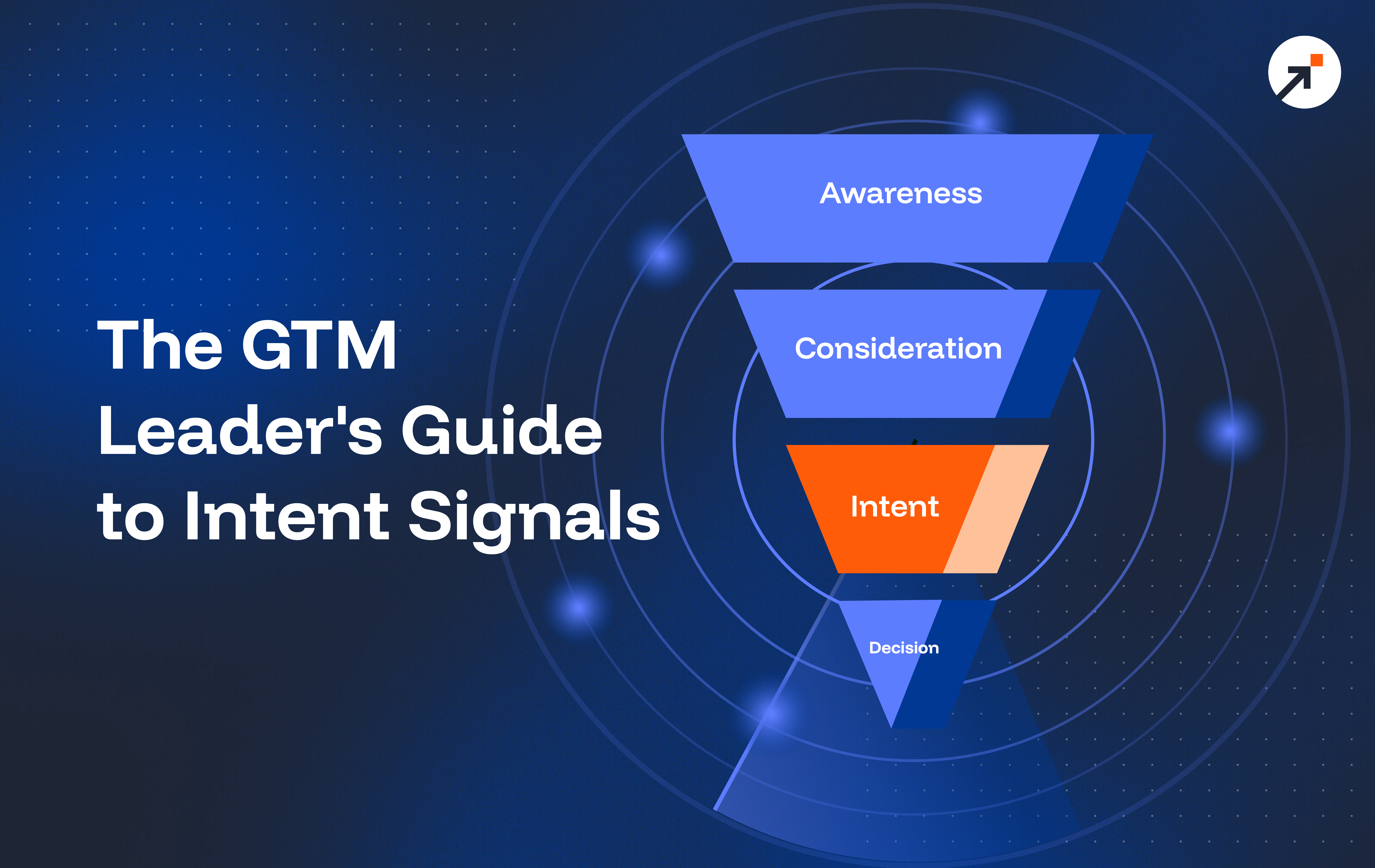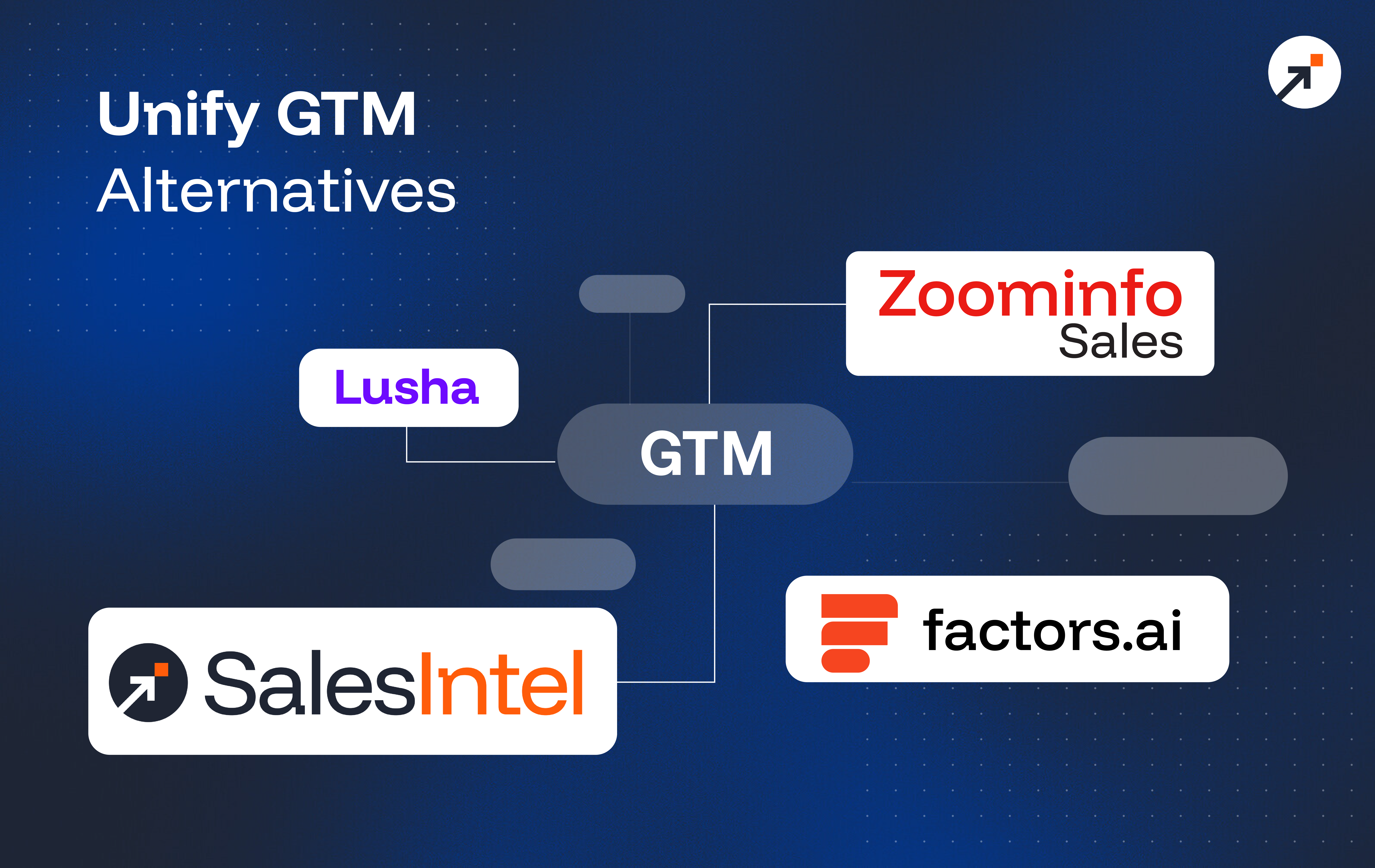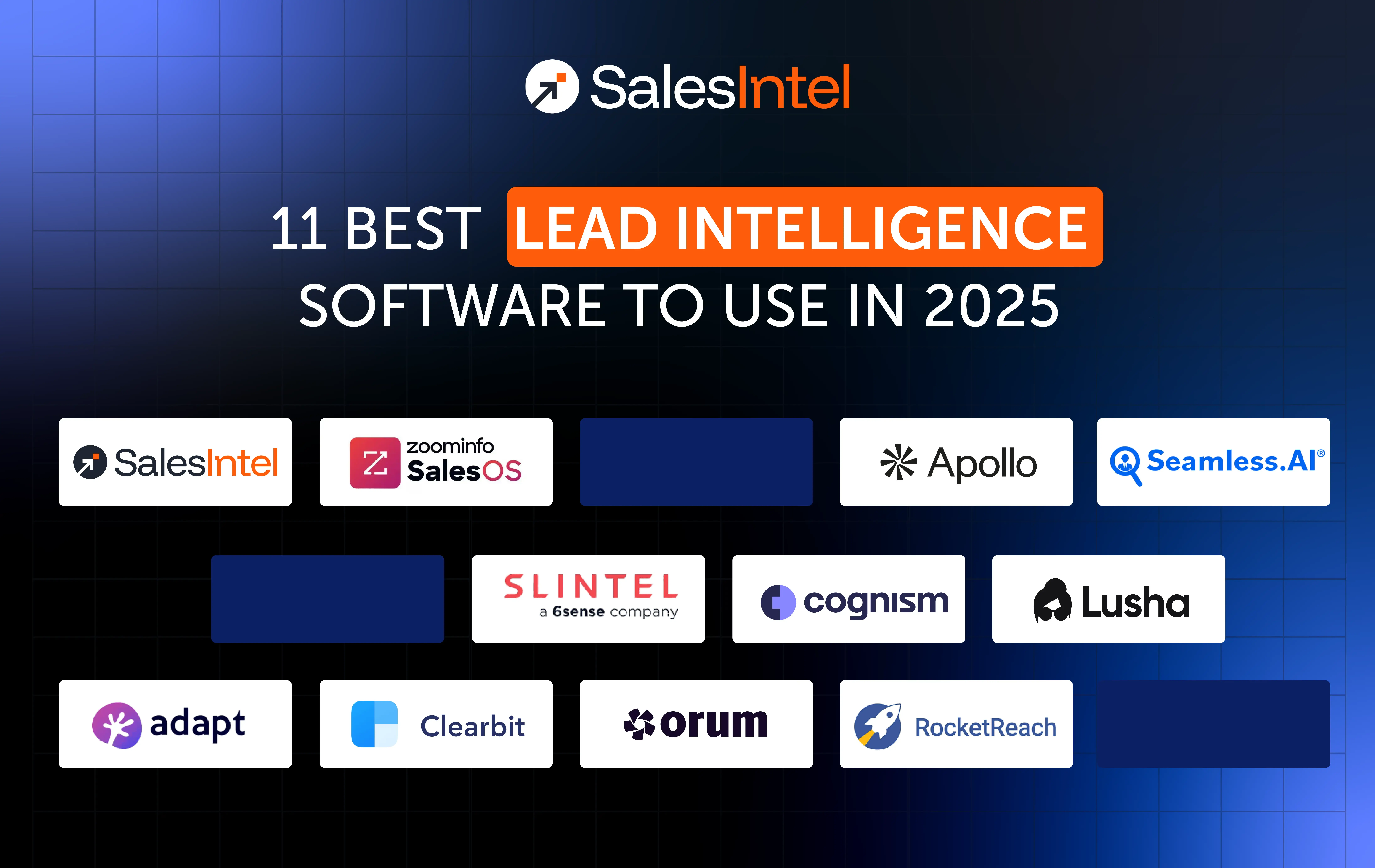Traditional mass outreach methods have become increasingly ineffective. Generic emails, cold calls, and broad marketing messages often fail to make an impact because they don’t speak to the specific needs or pain points of individual prospects. As a result, these unfocused campaigns yield lower engagement, higher bounce rates, and wasted resources. In a competitive landscape where prospects are inundated with similar pitches, the challenge is to stand out and create genuine connections. That’s where hyper-targeted outreach comes into play, as it prioritizes relevance and personalization to capture a prospect’s attention.
Hyper-targeted outreach is all about precision and personalization. It’s a strategy that uses data-driven insights to tailor every interaction to a specific audience, delivering messages that resonate deeply with prospects. Instead of casting a wide net, companies use hyper-targeting to focus their efforts on high-potential leads who fit their ideal customer profile (ICP). By leveraging advanced data, such as technographics and intent signals, sales and marketing teams can craft highly personalized campaigns that engage the right people at the right time, driving higher conversion rates and building stronger relationships.
Data Intelligence as the Foundation for Hyper-targeted Outreach
To achieve the level of precision required in hyper-targeted outreach, two critical types of data come into play: technographic and intent data. Technographic data provides insights into a company’s current technology stack, while intent data reveals a prospect’s active interest in specific products or services. Together, these data sets offer a comprehensive view of a prospect’s needs, readiness to buy, and potential pain points, enabling companies to fine-tune their targeting and messaging for maximum impact.
This blog will explore how leveraging technographic and intent data can revolutionize B2B outreach. It will delve into the power of hyper-targeted strategies, offering insights on how combining these data types enables personalized, precise engagement with prospects, ultimately driving higher conversions and ROI.
What is Technographic Data?
Technographic data is information about the technology a company currently uses, including hardware, software, platforms, and infrastructure. In the B2B sales and marketing context, this data is invaluable because it provides insights into the tools and technologies that shape a prospect’s operations and decision-making. For example, knowing that a prospect uses a specific CRM, marketing automation tool, or cybersecurity solution can help tailor outreach efforts to highlight compatibility, integration benefits, or potential upgrades.
The Relevance of Technographic Data for B2B Sales and Marketing
Technographic data is a game-changer in B2B sales and marketing because it allows for highly targeted outreach. By understanding a company’s tech stack, sales and marketing teams can assess their needs, identify potential gaps, and predict future requirements. This leads to more meaningful conversations, as reps can position their products or services as perfect fits based on the prospect’s current technology landscape. It’s a strategy that increases the chances of success, as prospects are more likely to engage with solutions that align with their existing ecosystem.
What Questions Does Technographic Data Answer?
Technographic data answers a range of questions that help shape an outreach strategy:
- What software does the target company currently use? This reveals their current solutions and potential integration needs.
- What tools or platforms are they likely to upgrade or replace soon? This insight can identify opportunities for pitching new or complementary solutions.
- How advanced is their technology stack? This can help in crafting the right messaging, from educating on new trends to offering sophisticated solutions for advanced users.
By answering these questions, technographic data allows sales teams to approach prospects with tailored value propositions, leading to higher engagement rates.
Understanding Intent Data
Intent data is a form of predictive information that signals a prospect’s buying interest or readiness to make a purchase. It tracks and analyzes behavioral patterns, such as content consumption, online searches, and engagement with industry-specific materials, to determine how likely a company is to buy a product or service. Intent data acts as a digital footprint that reveals when prospects are actively researching solutions, enabling sales teams to approach them when their interest level is high.
Differences Between First-Party and Third-Party Intent Data
Intent data can be broken down into two main categories:
- First-party intent data is collected directly from your own digital channels, such as website visits, content downloads, email engagement, and webinar attendance. This data gives you a clear picture of how prospects are interacting with your brand, revealing their specific areas of interest.
- Third-party intent data is gathered from external sources, tracking online behavior across a wide range of websites and platforms. This data helps identify companies that are researching your industry or topics relevant to your product, even if they haven’t visited your website yet.
By combining both first-party and third-party intent data, sales teams gain a holistic view of a prospect’s buying journey, from initial research to active evaluation.
The Strategic Advantage of Intent Data for Sales and Marketing
The power of intent data lies in its ability to highlight when a prospect is in the market for a solution. This early warning system gives companies a competitive edge, allowing them to engage with prospects while they are still in the research phase. Intent data helps prioritize leads, so sales teams can focus their efforts on those with the highest buying intent, optimizing their time and increasing the likelihood of conversion. For example, if a prospect is reading multiple articles on cloud-based solutions, it’s a strong signal that they’re considering a move to the cloud—presenting a prime opportunity for targeted outreach.
By leveraging intent data, sales and marketing teams can create more timely and relevant interactions, ensuring they engage prospects at the moment of greatest interest, which significantly boosts the chances of closing a deal.
Combining Technographic and Intent Data for Precision Targeting
Technographic and intent data, when combined, offer a powerful strategy for hyper-targeted outreach. Technographic data gives you an in-depth understanding of a prospect’s current tech stack—what tools they are using, what technologies they have adopted, and where they might be looking to make changes or upgrades. On the other hand, intent data provides insight into a prospect’s immediate buying interest by tracking their online behavior, such as researching competitors or reading about specific solutions.
By aligning the tech stack with current buying signals, sales teams can accurately pinpoint which prospects are the best fit for their solutions. For instance, if a company uses an outdated customer relationship management (CRM) tool and is showing intent data around looking for a more advanced solution, it’s a prime opportunity to target them with an offering that upgrades or complements their current system. Combining these two data sets enables you to understand not only what a prospect needs but also when they’re most likely to be open to discussing it. This leads to more informed, strategic outreach and better engagement rates.
For example, if a company is actively researching cloud security solutions and already uses a specific cloud provider, you can tailor your messaging to show how your security solution seamlessly integrates with their current platform. This type of highly relevant outreach ensures you’re speaking to their specific pain points and needs, which greatly improves the chances of conversion.
Building a Hyper-Targeted Outreach Strategy
A successful hyper-targeted outreach strategy involves using data-driven insights to engage the right prospects with personalized messaging. By leveraging technographic and intent data, businesses can create a strategic, focused approach that increases engagement and drives conversions. Below are the steps to build an effective hyper-targeted outreach strategy:
Step 1: Define Your ICP
The first step in building a hyper-targeted outreach strategy is to define your Ideal Customer Profile (ICP). Your ICP is a detailed description of the type of company or individual that would benefit the most from your product or service. To define your ICP, start by using technographic data to identify common traits among your most successful customers. Look at their industry, company size, technology stack, geographical location, and other key attributes. This data provides valuable insights into the types of companies that are most likely to find value in your solution, helping you focus on the right target audience.
By leveraging technographic data, you can also understand the technology tools or platforms your target customers are already using, which will help you identify potential gaps in their tech stack that your product can fill.
Step 2: Identify Active Prospects
Once you’ve defined your ICP, the next step is to identify prospects who are actively researching solutions like yours. This is where intent data comes into play. Intent data tracks the behaviors of potential buyers—such as search queries, content consumption, and website visits—that signal they are actively interested in finding a solution.
Using intent data, you can pinpoint companies that are already looking for products or services similar to yours, giving you a head start in reaching out to prospects who are more likely to convert. For example, if a prospect has been researching cloud-based security solutions, this signals a strong interest in your product, and you can tailor your outreach accordingly.
Step 3: Segment Your Leads
Once you’ve identified active prospects, it’s important to segment your leads based on their fit and readiness to buy. Use both technographic and intent data to categorize prospects into different segments. For example, you may have one segment of leads who are using outdated software and another who is actively comparing solutions. This segmentation allows you to prioritize your efforts and resources by focusing on leads with the highest potential.
You can create different lead categories based on their stage in the buying cycle, whether they are just exploring options or closer to making a purchase. This segmentation ensures that your outreach is as targeted and relevant as possible.
Step 4: Personalize Messaging
The key to successful hyper-targeted outreach is personalization. Once you’ve segmented your leads, you can personalize your messaging to speak directly to each prospect’s current situation. Tailor your emails or calls to reflect the challenges they’re facing, their tech stack, and how your solution fits into their specific needs.
For example, if you’re reaching out to a company using an outdated CRM system that has shown intent to upgrade, your messaging should highlight how your CRM solution integrates seamlessly with their existing tools and addresses their pain points. Personalization makes your outreach more compelling and demonstrates that you understand the prospect’s needs.
Step 5: Implement, Track, and Refine
After crafting and personalizing your messaging, it’s time to implement your outreach campaigns. Launch your emails, calls, or ads and monitor their performance closely. Use analytics tools to track open rates, click-through rates, responses, and conversions. Tracking these metrics will help you understand what’s working and what isn’t.
Once you’ve gathered performance data, it’s essential to refine your strategy based on the insights you’ve gained. If certain messaging resonates more with specific segments, adjust your outreach accordingly. If you find that prospects in a particular technographic or intent category are more likely to convert, prioritize those leads in future campaigns. Continuous refinement ensures that your strategy remains relevant and effective over time.
By following these steps, you can create a hyper-targeted outreach strategy that engages the right prospects, delivers personalized messaging, and ultimately drives higher conversion rates. Combining the power of technographic and intent data allows for a more strategic, data-driven approach to sales outreach, resulting in more meaningful connections and greater business success.
How SalesIntel Customers Power Their Outreach with Technographic and Intent Data
- SalesIntel is a powerful tool for leveraging technographic and intent data to enhance B2B sales and marketing efforts. By providing highly accurate, human-verified data, SalesIntel allows companies to target prospects with precision, increasing the effectiveness of their outreach and driving better results.
- Technographic data reveals the technology stack used by target companies, offering insights into their existing solutions and potential needs. SalesIntel’s extensive database provides information about the tools, platforms, and software a company is already using, which is invaluable for understanding their pain points and readiness for new solutions. For example, if a prospect is using outdated software, it presents an opportunity for sales teams to pitch a more advanced solution that fits into their tech stack seamlessly.
- On top of that, SalesIntel’s intent data tracks the buying behaviors of prospects, indicating which companies are actively researching solutions similar to yours. This data shows when companies are demonstrating an intent to purchase, allowing sales teams to time their outreach when prospects are most engaged. By combining intent signals with technographic data, SalesIntel helps companies identify the ideal time to approach prospects, maximizing the chances of converting them into customers.
- SalesIntel’s advanced filtering capabilities allow users to create highly-targeted lists based on specific technographic and intent data criteria, further enhancing the accuracy of outreach efforts. This precision ensures that sales teams focus their time and resources on leads that are most likely to convert, resulting in a more efficient and effective sales process.
- By harnessing both technographic and intent data through SalesIntel, businesses can create hyper-targeted, data-driven outreach strategies that align perfectly with prospects’ needs and interests, ultimately improving conversion rates and driving long-term sales success.
From Data to Deals: The Next Evolution in B2B Engagement
The future of B2B outreach is rapidly evolving with the integration of technographic and intent data. These data-driven insights allow companies to move away from broad, generic campaigns and instead focus on hyper-targeted outreach strategies. By understanding the technology stack a company uses (technographic data) and tracking buying signals (intent data), sales teams can engage prospects at the right moment, with the right message, and on the right channel.
This shift to data-driven precision not only increases the relevance of outreach but also dramatically improves conversion rates and engagement. Companies can better align their offerings with the needs of their prospects, ensuring that every interaction is personalized and valuable. Furthermore, as businesses continue to embrace data, those who leverage technographic and intent data effectively will stand out from their competitors by maximizing the efficiency of their outreach and minimizing wasted resources.
Ready to take your B2B outreach to the next level?
Schedule a demo with SalesIntel today to see how our technographic and intent data can help you build hyper-targeted strategies, engage the right prospects, and drive better results.
Let’s turn your data into actionable insights for maximum impact!




